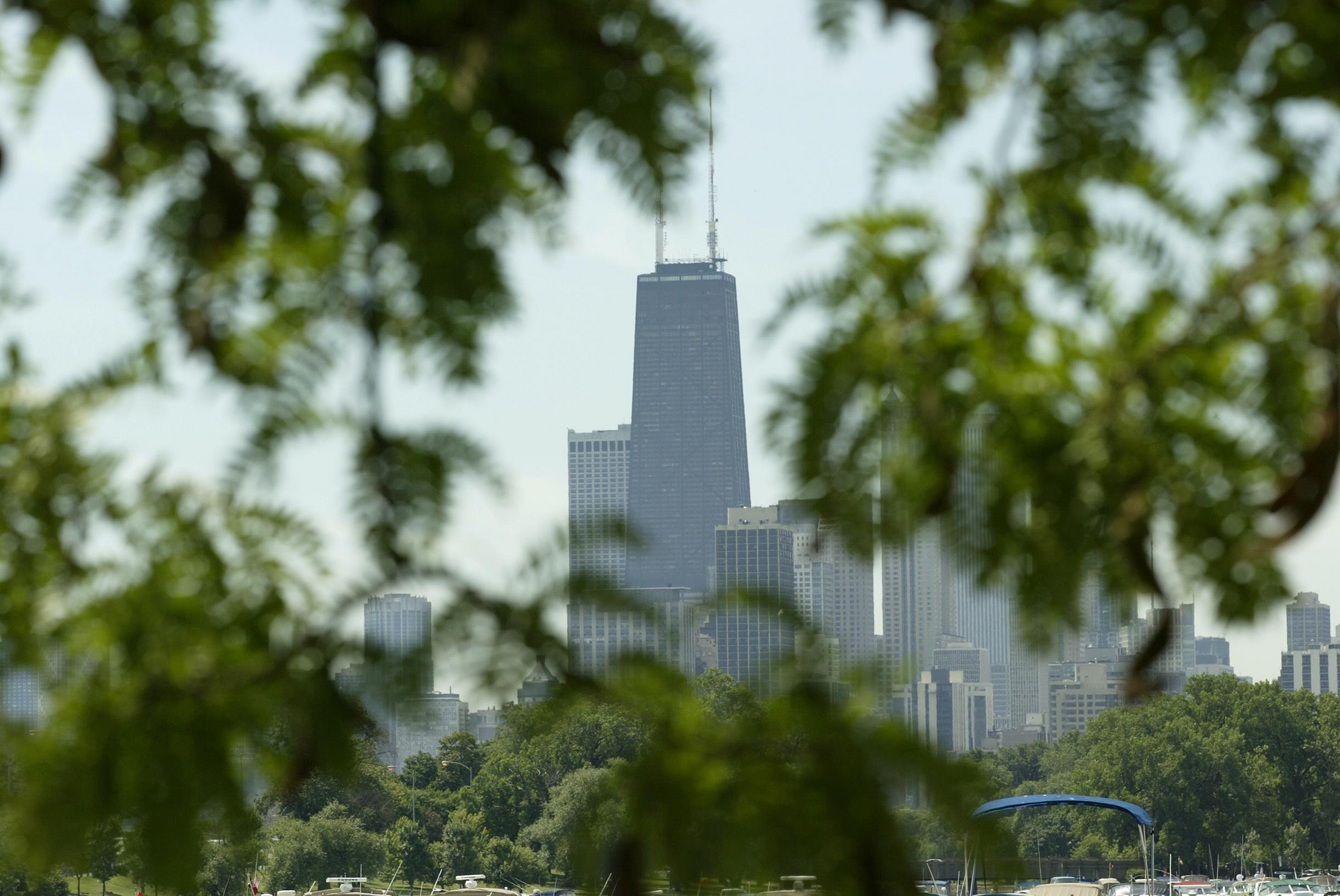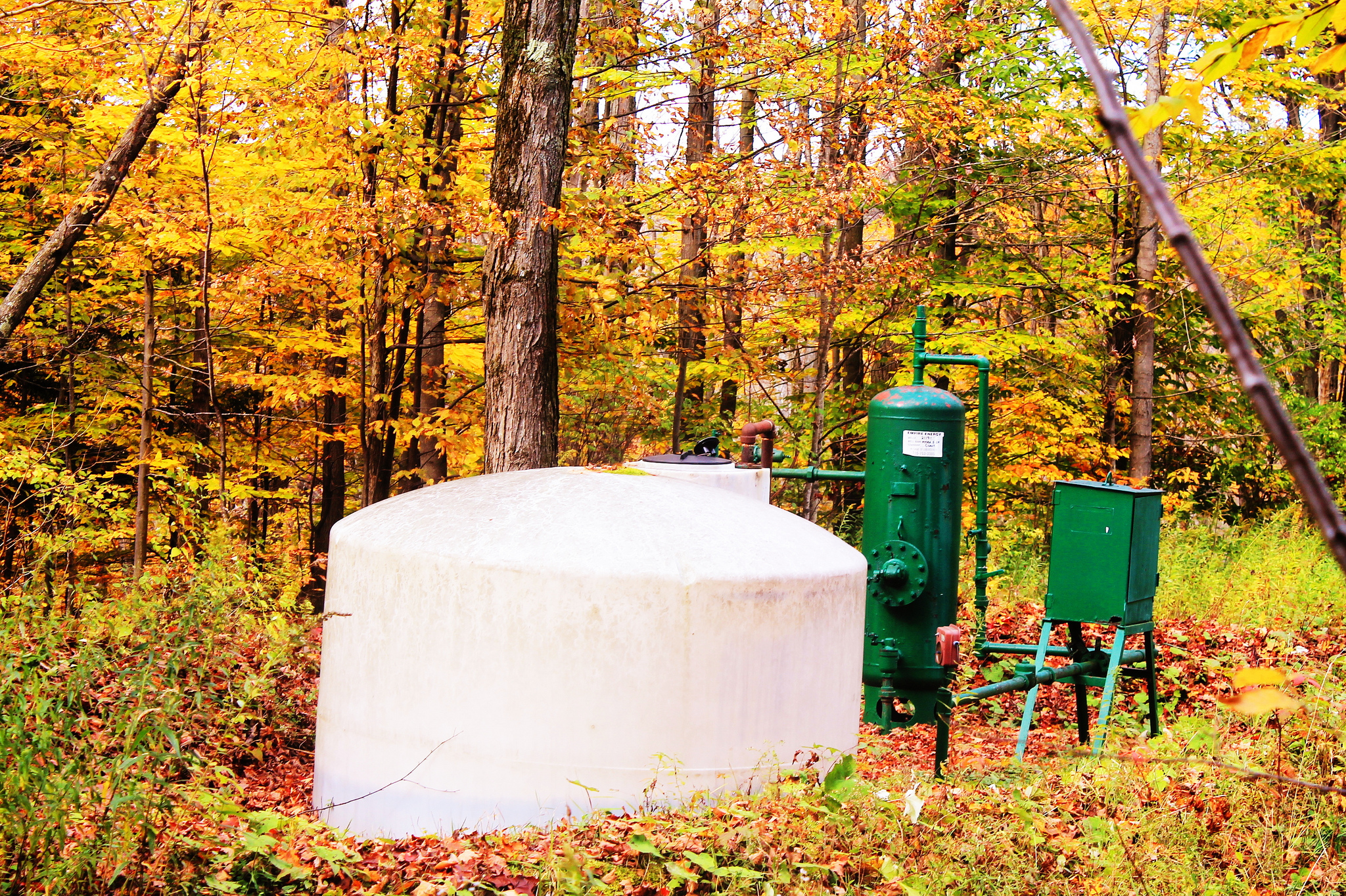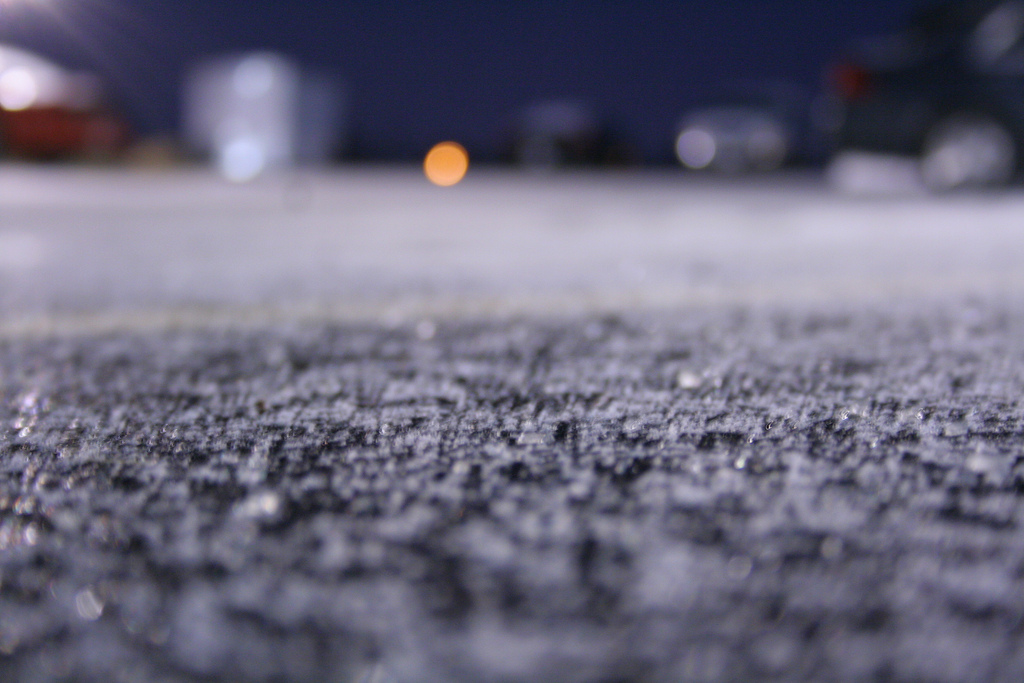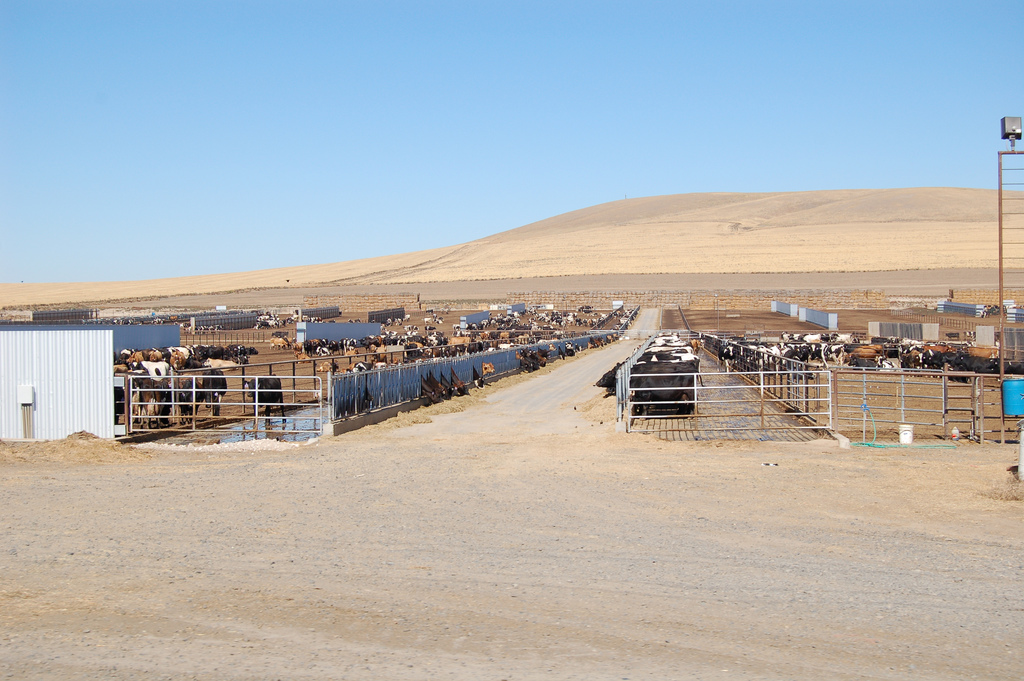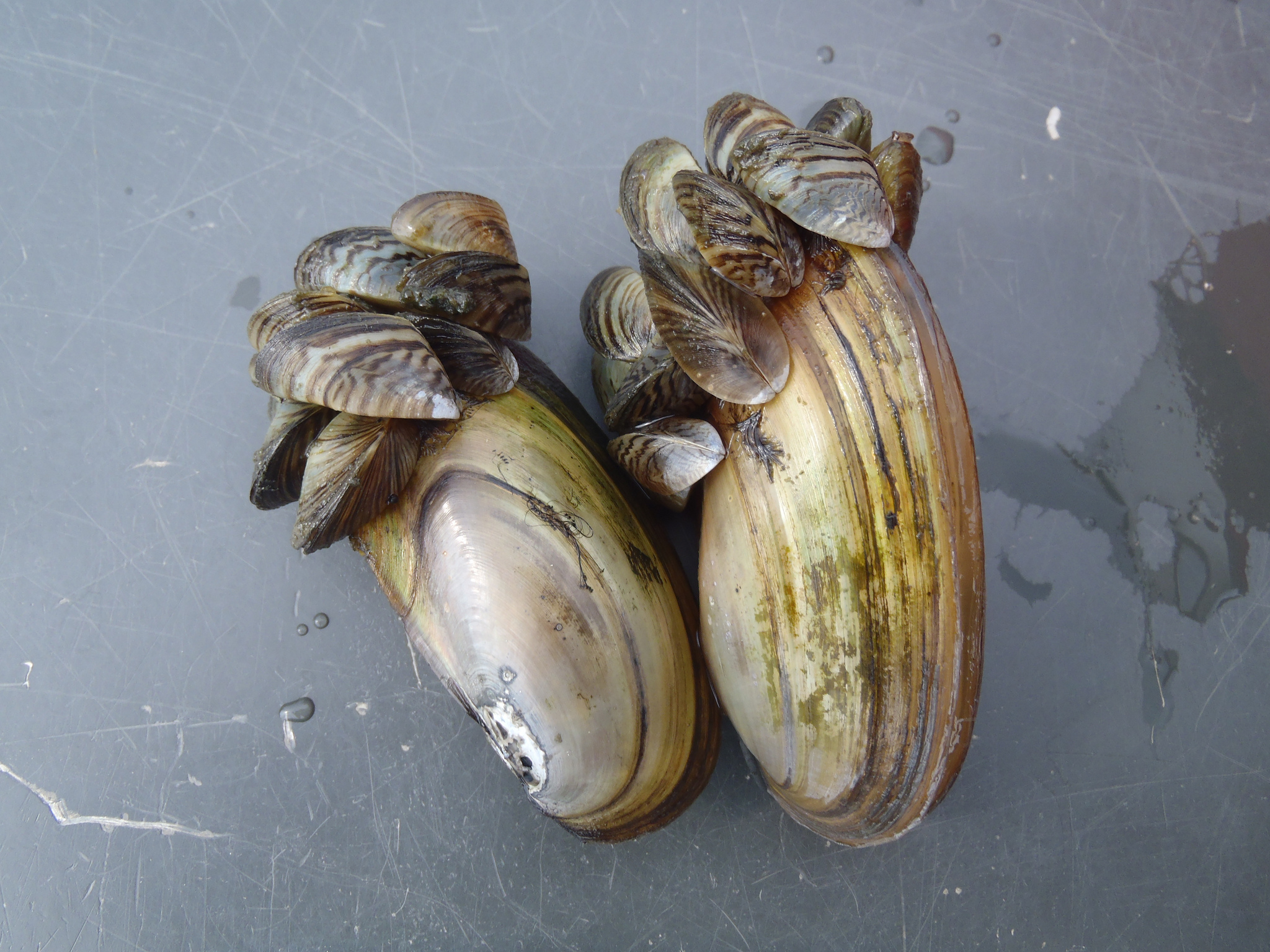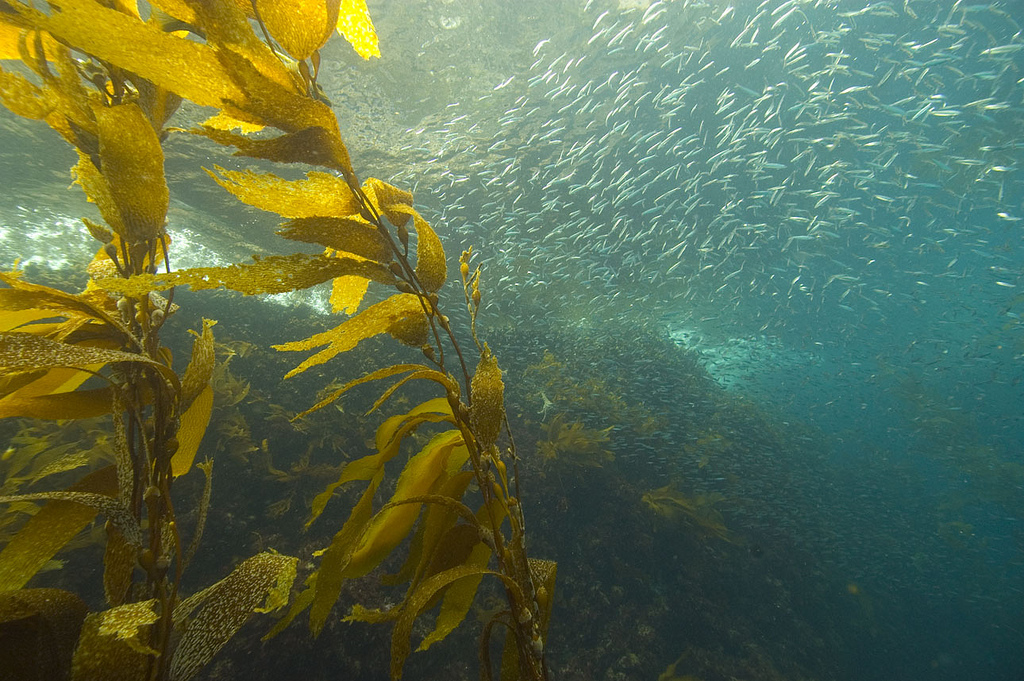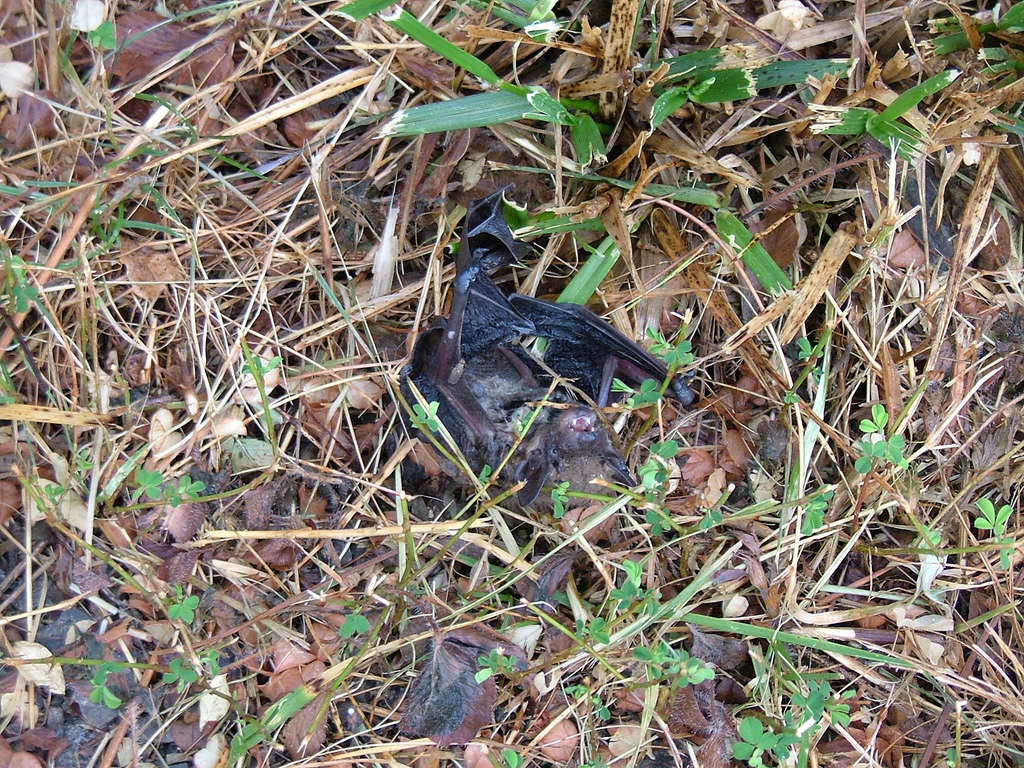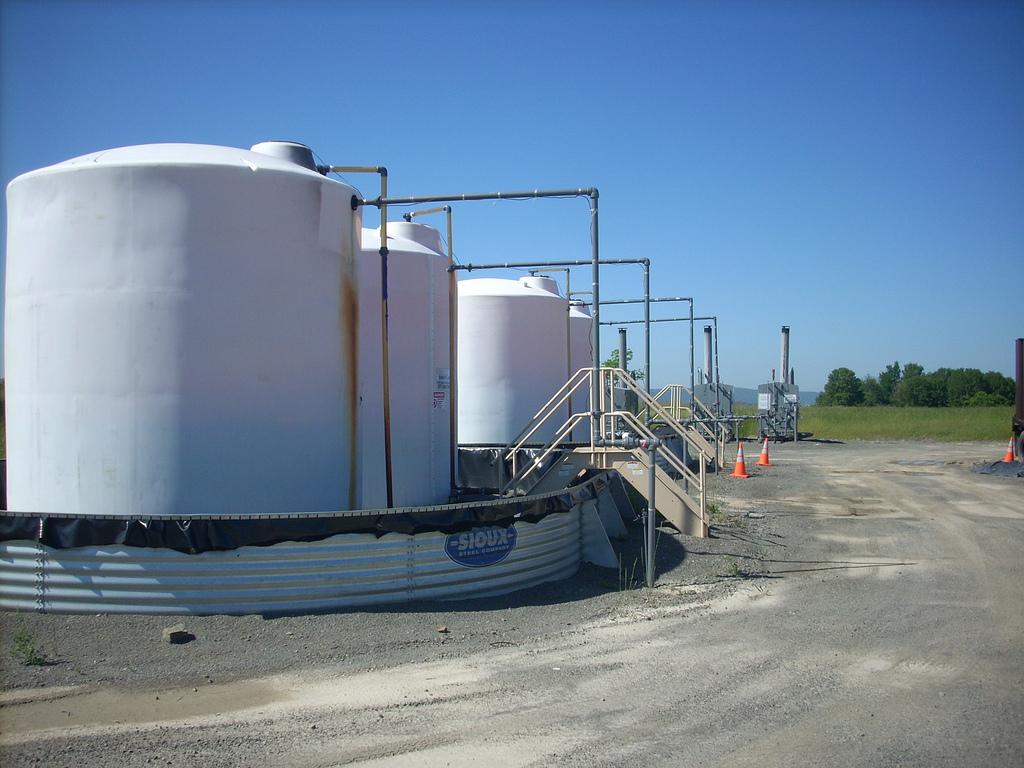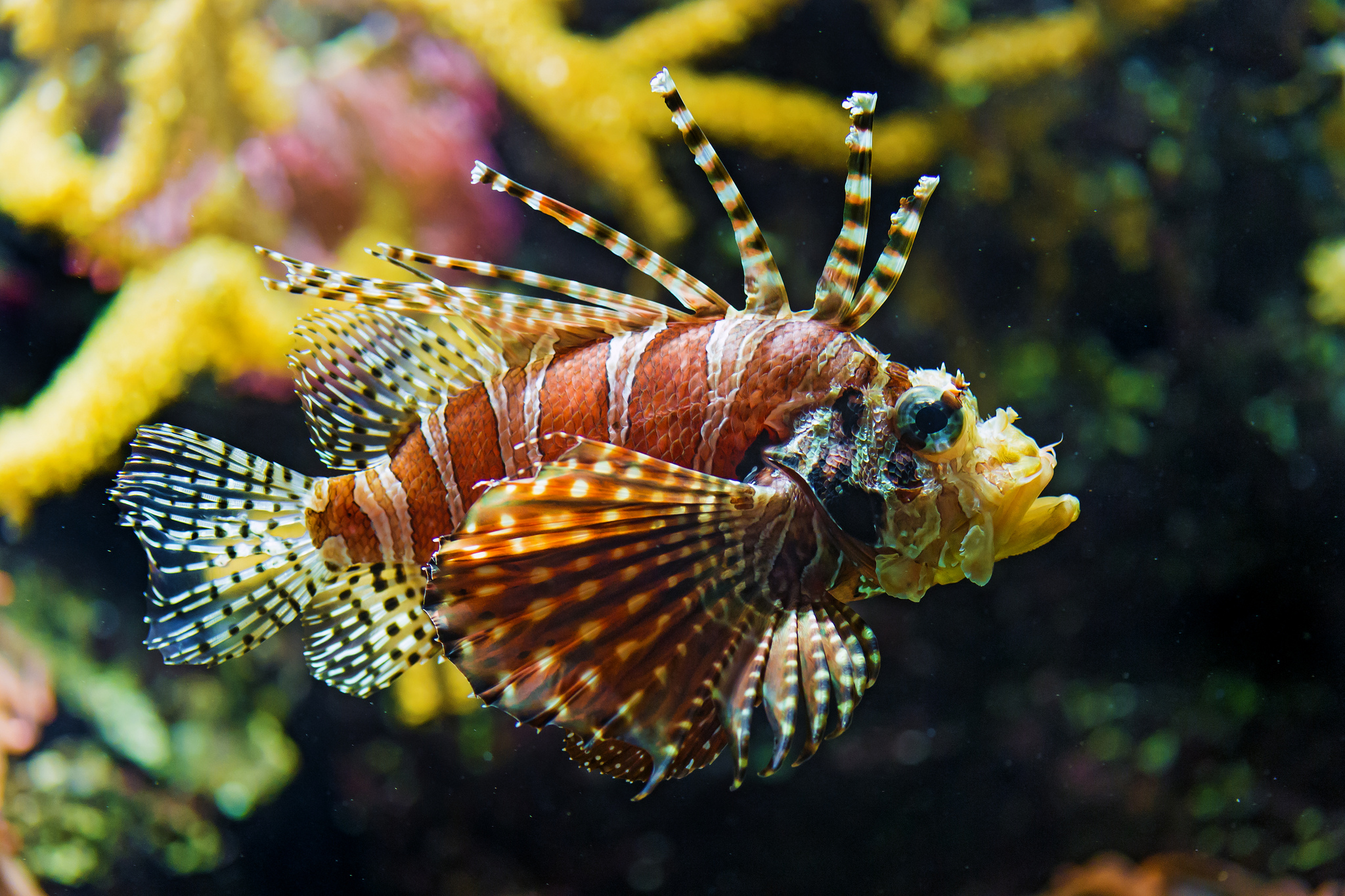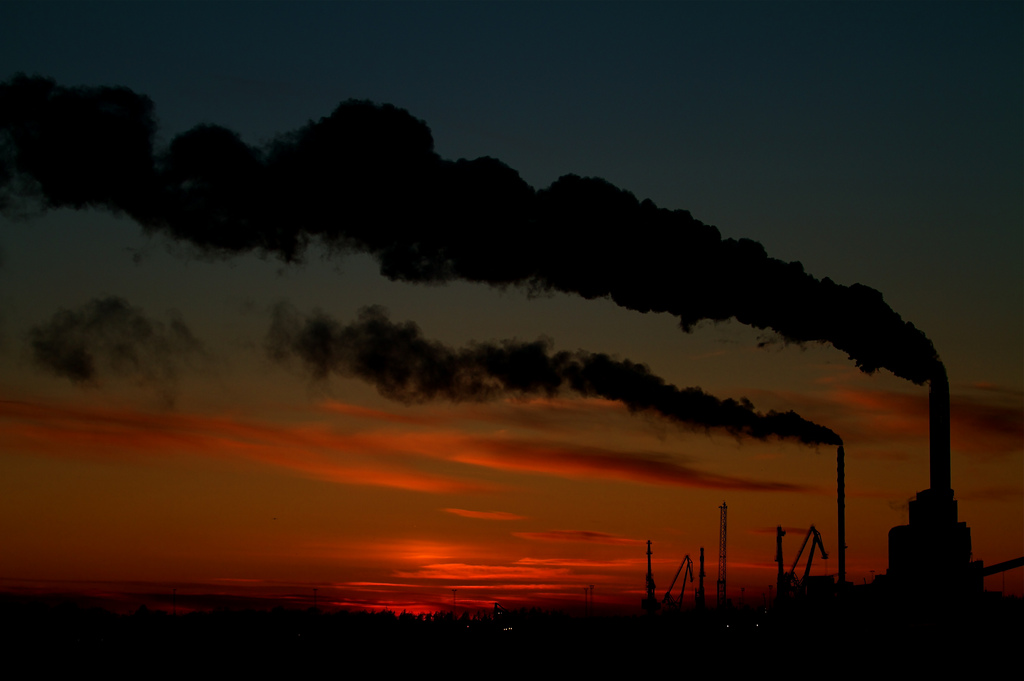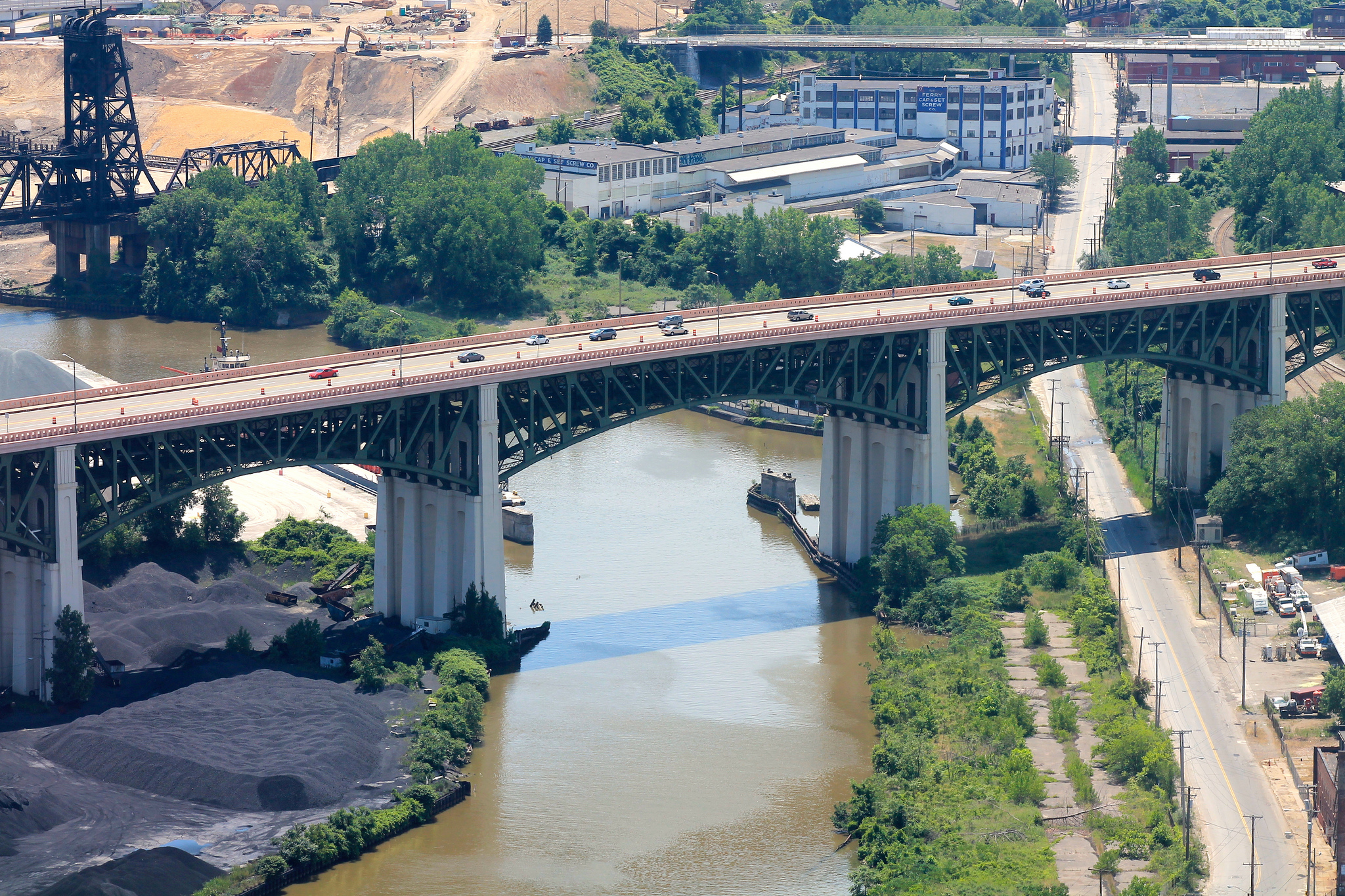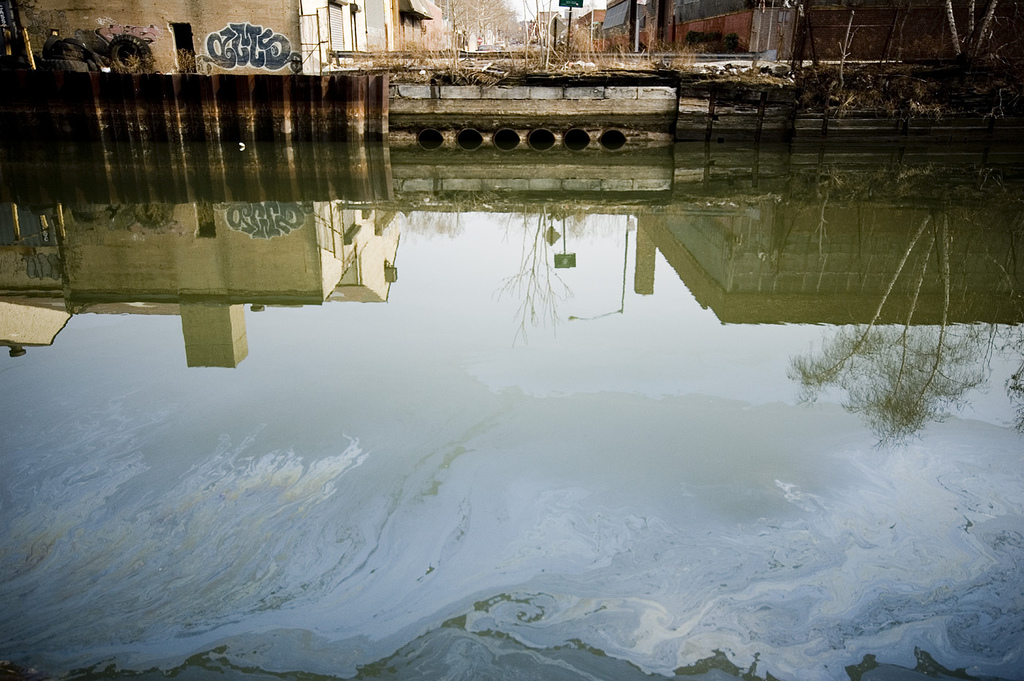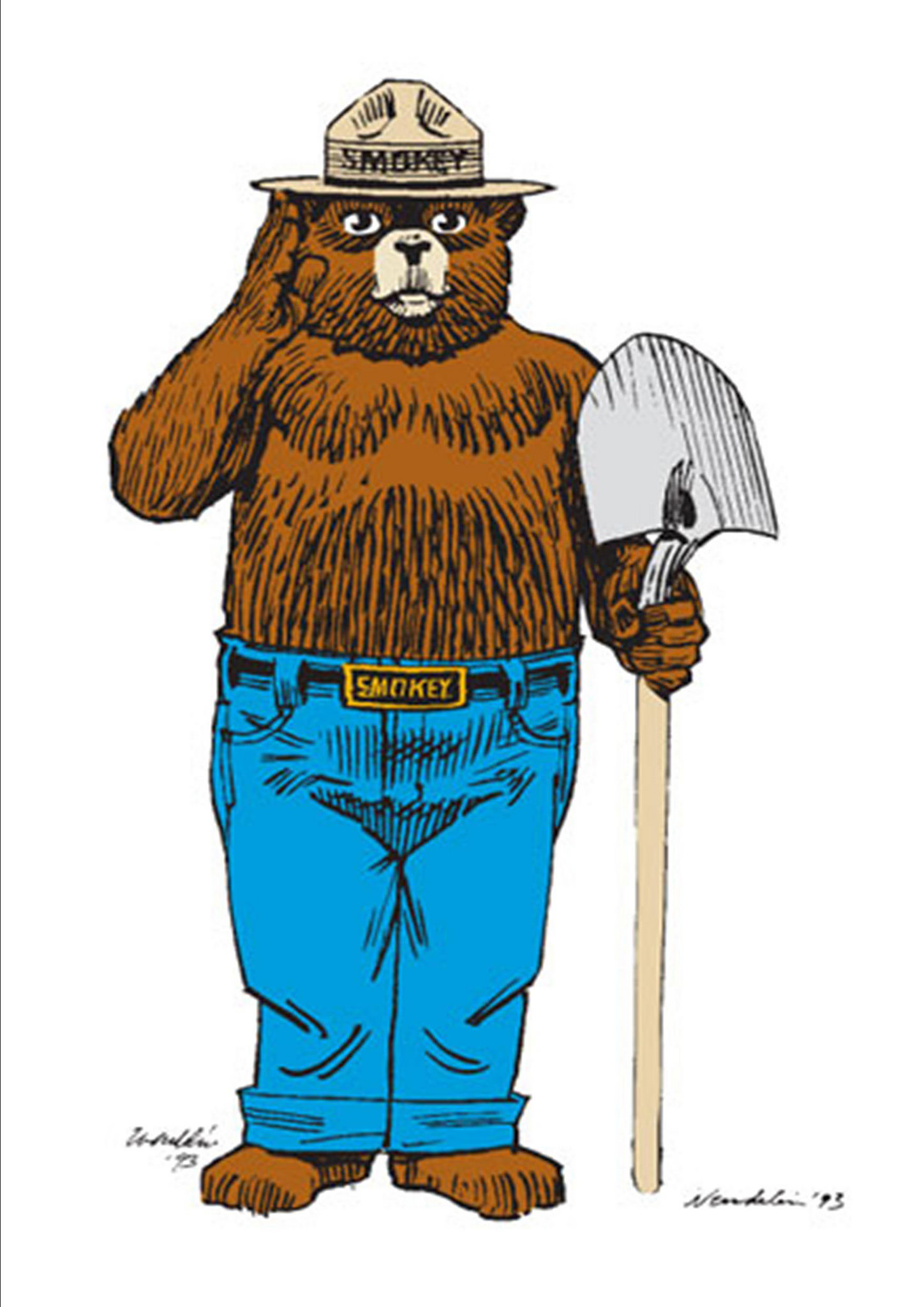Air and Water
Dangerous Air Near Oil And Gas Sites
A peer-reviewed study recently published in the journal Environmental Health looked at the air quality near natural gas wells in five states: Arkansas, Colorado, Ohio, Pennsylvania, and Wyoming. In 40 percent of the air samples, laboratory tests found benzene, formaldehyde and other toxic substances at levels above what the federal government considers safe for brief or long-term exposure. In some cases, the levels were far above the safe standards.
Road Salt
Salt has been used to keep winter roads free of ice and snow since the 1940s. It works by lowering the freezing point of water. In the U.S. alone, some 15 million tons of salt is applied to roadways each year. While its use has real benefits, in terms of safety and navigation, there have been cumulative costs to the environment.
Deep Sea Carbon Dioxide Storage
The Southern Ocean plays an important role in the exchange of carbon dioxide between the atmosphere and the ocean. One important part of this is the growth of phytoplankton, which act like a natural sponge for carbon dioxide. When these plankton die, they can sink to the bottom of the ocean and thereby store some of the carbon dioxide that they have absorbed. This process has been termed a “biological carbon pump.”
Storing Wind Energy With Batteries
The growing use of solar and wind power is driving a growing need for large-scale energy storage technology. There are many ways to store energy ranging from pumping water into an elevated reservoir to storing compressed air in caverns to a wide range of battery technologies.
Factory Farms And Super Germs
Nearly 80% of the antibiotics sold in the United States are fed to livestock and poultry in an effort to encourage growth and stave-off unsanitary conditions. This chronic exposure leads certain bacteria to develop antibiotic resistance, resulting in dangerous and difficult-to-treat staph infections, like MRSA.
Radon
Radon is a cancer-causing, radioactive gas. It is invisible, has no smell or taste, and is the second leading cause of lung cancer in the United States causing an estimated 20,000 deaths per year.
Pinpointing Invasive Species
Throughout the world, invasive species plague local ecosystems, degrading natural resources and damaging infrastructure. In the U.S. alone, biological pollution is estimated to carry a price tag of $120 billion per year.
Fuel From Seaweed
Biofuel is considered to be a promising way to shift our energy needs to sustainable and climate-neutral sources. Replacing petroleum with fuels made from crops or other plants basically recycles CO2. The plants absorb it as they grow and release it when they are burned.
Bats And Wind Turbines
Large numbers of bats are being found dead beneath wind turbines, leading researchers to believe they may be mistaking the turbines for trees.
Saving The Monarch Butterfly
For the past 20 years, the population of monarch butterflies has been dropping. In the past few years, it has been dropping catastrophically. In 1996, there were an estimated 1 billion monarchs in North America; today there are only about 35 million.
Will Natural Gas Help Reduce Carbon Emissions?
The US is in the midst of a transition from depending upon coal for generating electricity to the use of natural gas instead. This has been driven in great part by the boom in shale gas and the widespread use of fracking technology.
[Read more…] about Will Natural Gas Help Reduce Carbon Emissions?
Lionfish
Since lionfish first appeared on the eastern seaboard in the 1980s, the invasive predators have wreaked havoc on local ecosystems. The venomous, striped fish have voracious appetites. And they spawn at a mind-boggling rate, producing two million eggs per year. Lionfish now dominate Atlantic waters from North Carolina to Venezuela.
Profiting by reducing global warming
At this point, it is pretty clear to most of us that climate change is real, that it increasingly will threaten lives and property, and that it is going to take some real changes in society’s behavior to slow it down.
Defining Protected Waters
In the late 1960s, our country’s fresh waters were in crisis. Ohio’s Cuyahoga River and the Detroit’s Rouge River were prone to fires. Time Magazine declared Lake Erie dead.
Birds and climate change
New research by the National Audubon Society suggests that half of North America’s bird species could face extinction by the end of this century as a result of climate change.
Whales take Manhattan
This summer, if you took a trip to New York City, you may have seen a humpback whale breeching in the New York Harbor. A decade ago this would have been an anomaly. But within a few short years, humpbacks sightings have become common enough to warrant whale-watching cruises.
Raw sewage in New York
Many of us take for granted the relatively seamless workings of our infrastructure – sewage systems, for instance. Yet in New York City, and particularly Brooklyn’s Gowanus Canal, the system is far from seamless. In fact, the reality is both alarming and a major public health hazard.
Smokey the Bear turns 70
August marked not just the anniversary of America’s longest-running public service campaign, but also a birthday – Smokey the Bear turned 70.
Mercury’s toxic legacy
